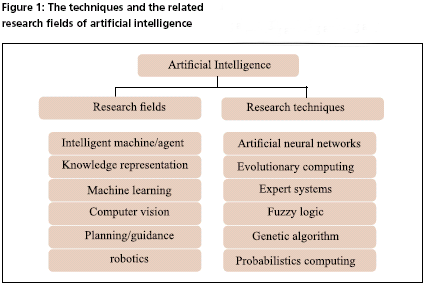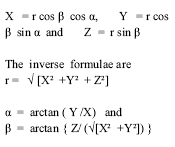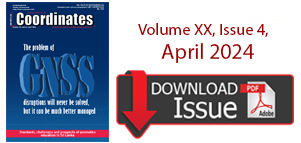
In Great Britain most geodata that provides the reference and geographic context for more targeted user datasets created by individual organisations is issued by Ordnance Survey®. These user datasets may include Sites of Specifi c Scientifi c Interest or Basic Land and Property Units. Based on this reference data, users often integrate other datasets, such as statistical tables or their own geo-datasets, to support analysis and decision making. Others may collect geo-datasets by using Global Positioning System (GPS) equipment: the location of street furniture, for example. In all cases it is vital that data from different sources fi ts together spatially to enable the joint use and analysis.

Indigenous community in Australia maps cultural data
Traditional landowners in north west Queensland, Australia will soon be recording and mapping their own cultural heritage sites under a new arrangement with the State Government. The Mt Isa-based Mitakoodi-Juhnjlar aboriginal people will be the first to be taught the technical skills needed to gather their own data. They will be learning skills on using GPS programs and secondly being able to record those results onto software which will then go to offi cial authorities for insertion into the official maps.
www.abc.net.au

This article investigates the use of artificial neural networks for developing an alternative integration scheme of low cost Microelectromechanical System (MEMS) Inertial Navigation System (INS) and Global Positioning System (GPS) for vehicular navigation applications. The primary objective is to overcome the limitations of current INS/GPS integration scheme and improve the positioning accuracy during GPS signal blockages. The results presented in this article indicated that the proposed technique was able to provide 47% and 78% improvement in terms of positioning accuracy during GPS signal blockages.

Bangkok to introduce GPS to its fleet of taxis
Bangkok has opened the first of 150 new electronic taxi stands that will allow pedestrians to summon a taxi by pressing a green button, signaling a dispatcher to send a taxi. The devices will display the estimated arrival time and license plate number of the approaching taxi. Taxis will be equipped with GPS as part of the service. The first arch-roofed electronic taxi stand was unveiled last week outside a superstore on the city’s Phahonyotin Road, while the remaining stands are expected to be installed across the city by November. Besides helping Bangkok pedestrians easily hail taxis, the stands are meant to keep cab drivers from wasting fuel by driving around the city in search of fares. www.chinapost.com.tw

Road Construction Project uses positioning technology
Trimble announced that it has been selected as the preferred supplier of machine control and survey equipment for Thiess John Holland, the lead contractor building Australia’s largest road project¯EastLink in Melbourne. With total construction costs of AU$2.5 billion (US$1.9 billion), the scale of work required for timely completion of Melbourne’s EastLink is beyond that ever tackled before on any single infrastructure project in Australia. EastLink’s three-lane, freeway-standard road is expected to be built over three and a half years. Construction includes two million square meters of paved road, more than eighty bridges, seventeen interchanges and 1.6 kilometers three-lane twin tunnels. The project will deliver Melbourne’s second fully-electronic tollway, comprising about 45 kilometers of freeway-standard road connecting the city’s eastern and south-eastern suburbs.
www.connecteast.com.au

Physical information inputs for urban planning agencies P MISRA
When ellipsoidal heights will do the job, then why not use them? MUNEENDRA KUMAR
Measurement of deflection of a bridge JK GHOSH, KISLAY KISHORE, MADHUR JUHURI AND DHRUV SODANI
The national map policy: Hope vs Hype SD BAVEJA, AMITABHA PANDE, ALOK UPADHYAYA, AMIT KISHORE PRASAD
Mumbai floods: How GPSGIS can help MADHAV N KULKARNI
Mumbai floods: Another wake-up call SHVETA MATHUR AND ANSHU SHARMA
August 2005
IAG/IAPSO/IABO 2005
22 – 26 August, Cairns, Australia
http://www.dynamicplanet2005.com
GITA Annual Conference 2005;
15-17 August, Melbourne, Australia
imsevent@bigpond.net.au
www.gita.org.au
Map Asia 2005
22 – 25 August, Jakarta Indonesia
info@mapasia.org
http://www.mapasia.org
11th GIS AnnualConference in Vietnam …

In continuation of the discussion about the ellipsoid and geoid in the earlier interaction through the Classroom feature, let us define the reference coordinate systems. Consider a vertical axis oriented towards the north pole as Z axis. The X axis is oriented towards the First point of Aries ?. The Y axis completes a right …
Terrified at what we saw through the electronic media; the agony and trauma that Mumbai underwent …







 (5.00 out of 5)
(5.00 out of 5)